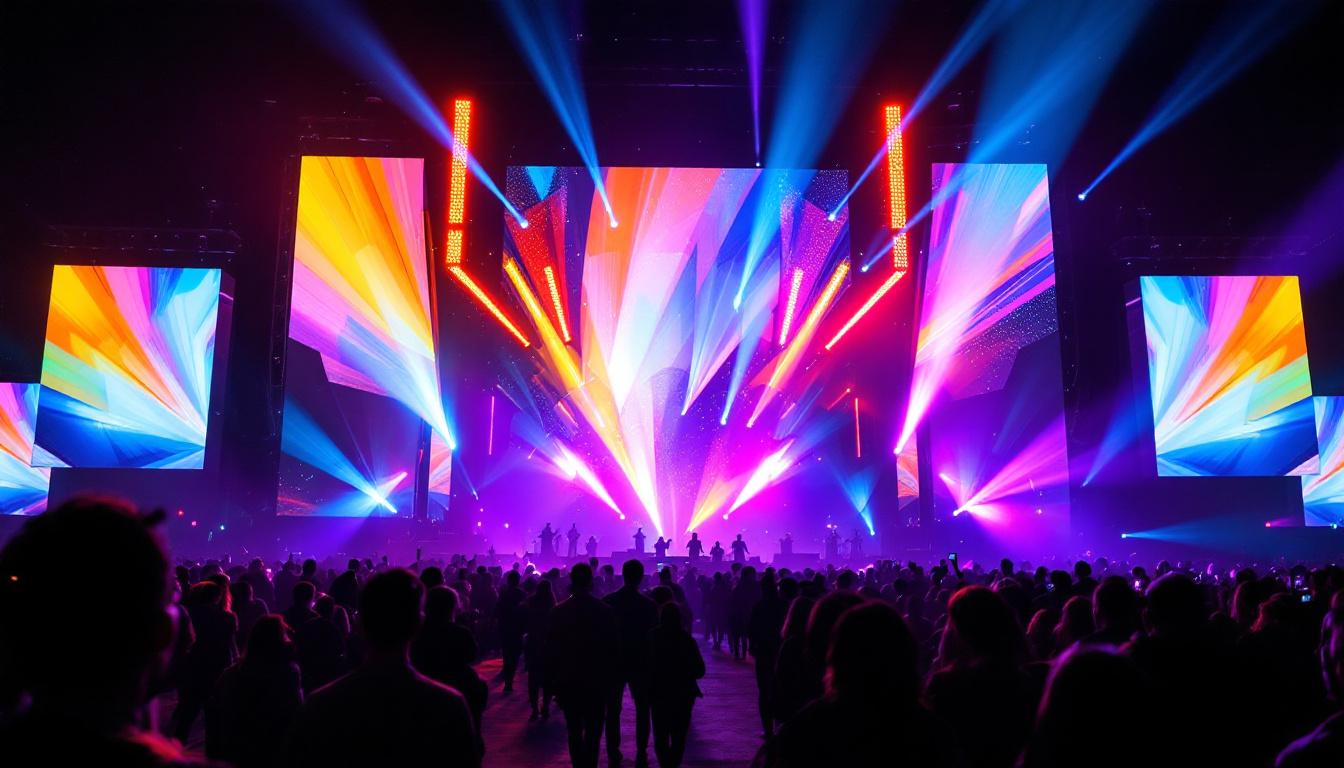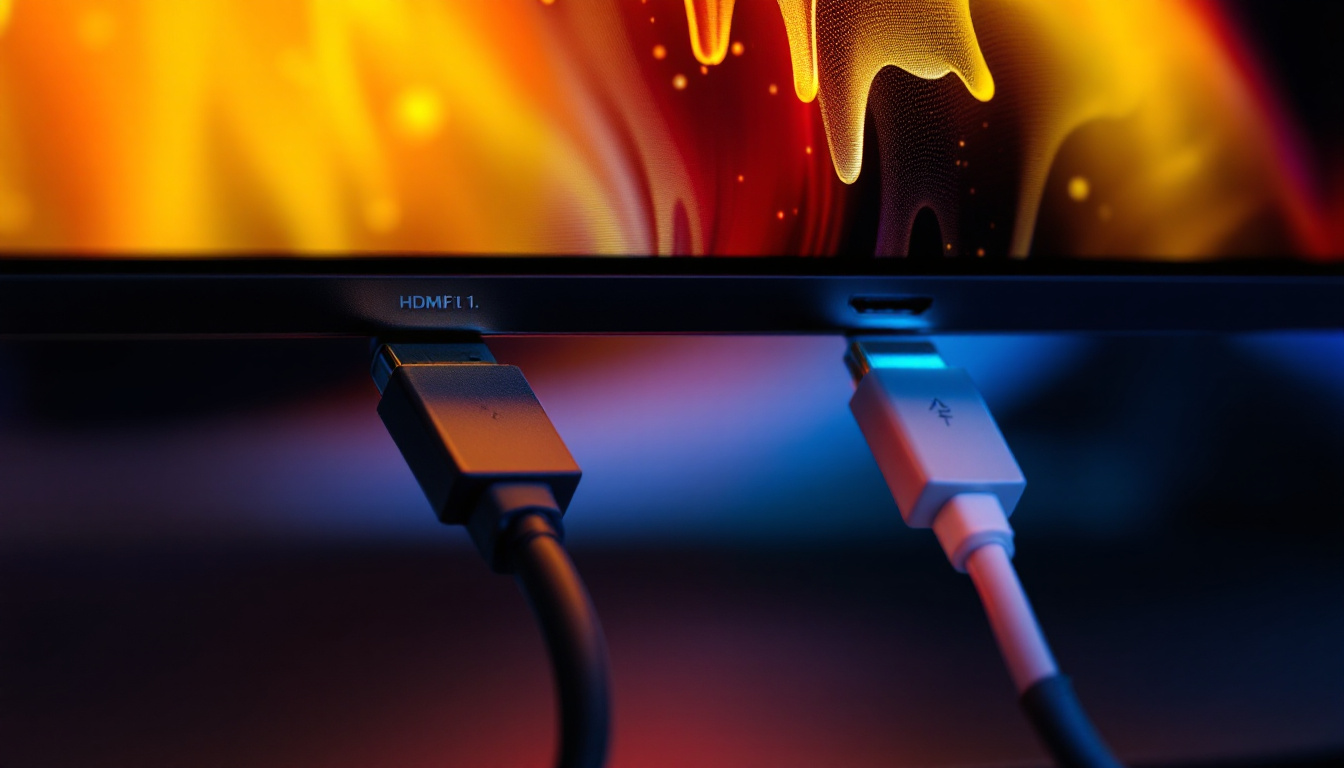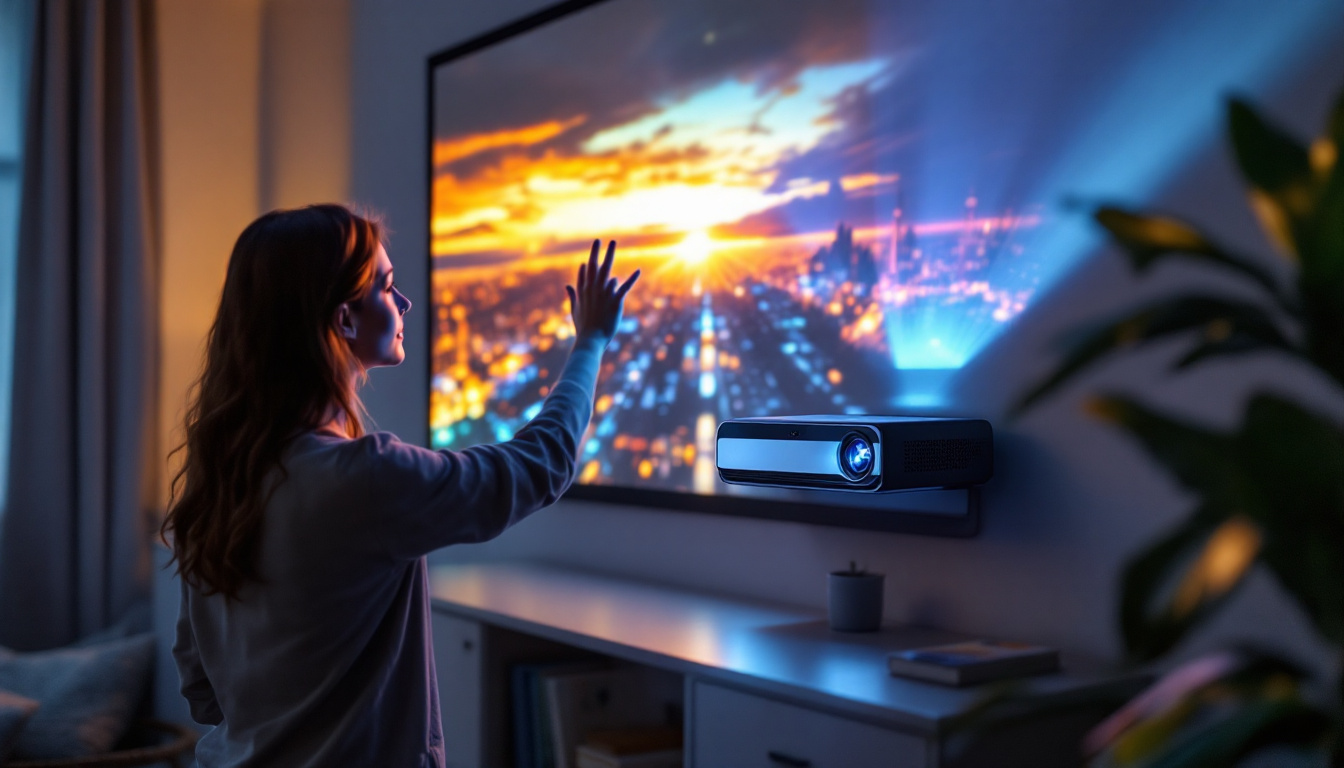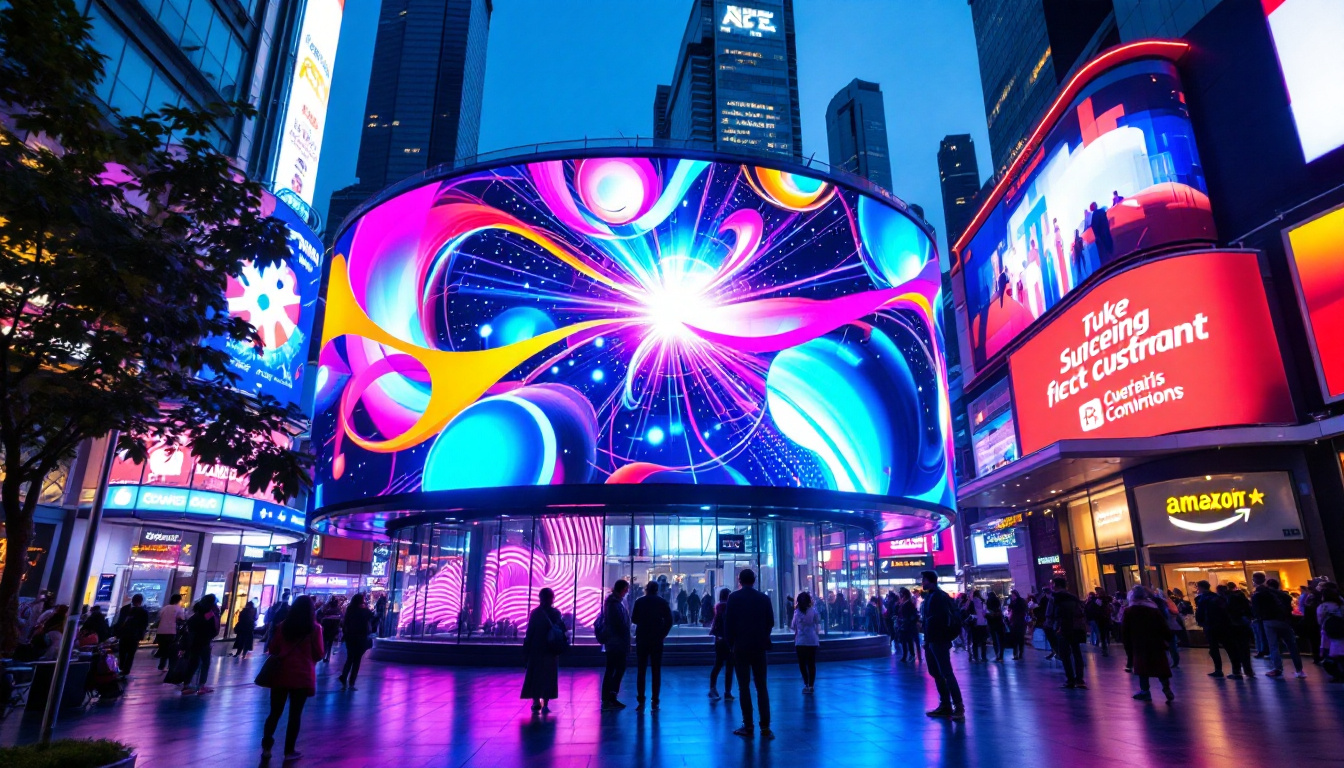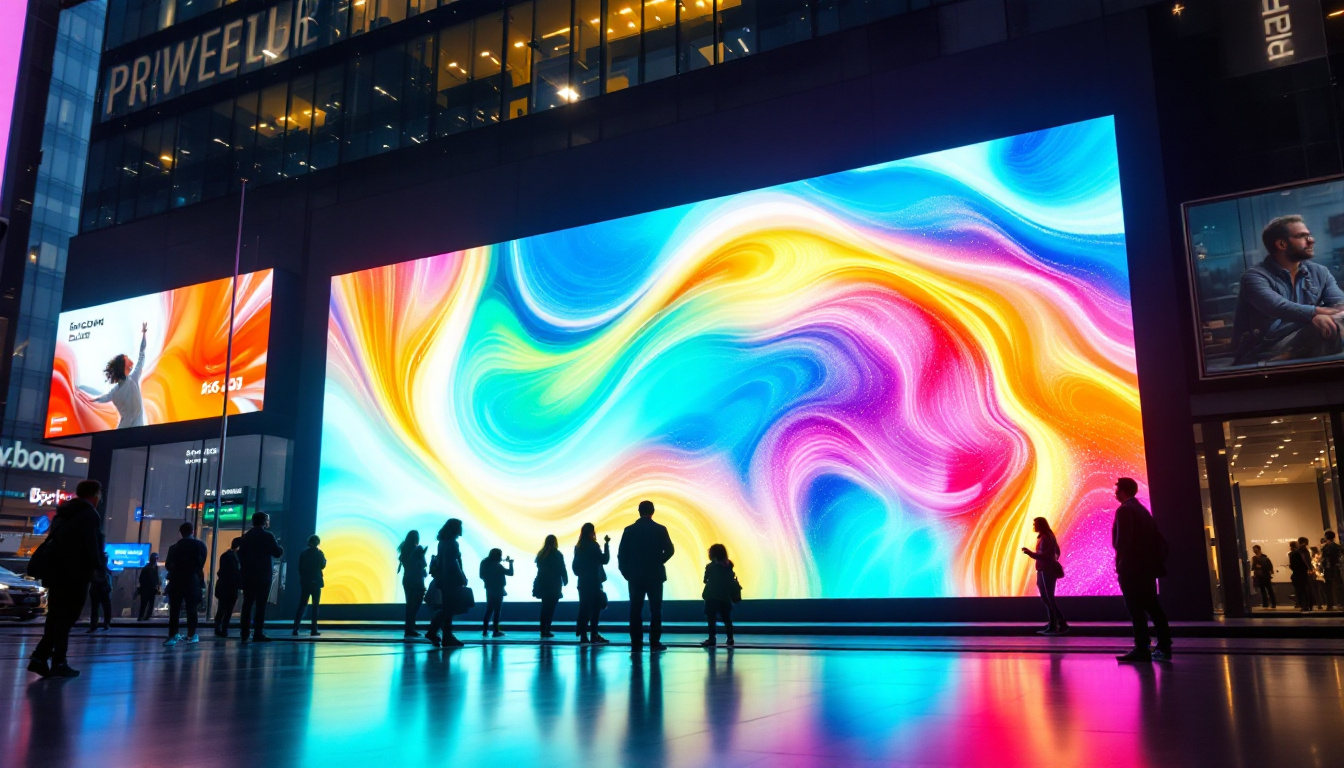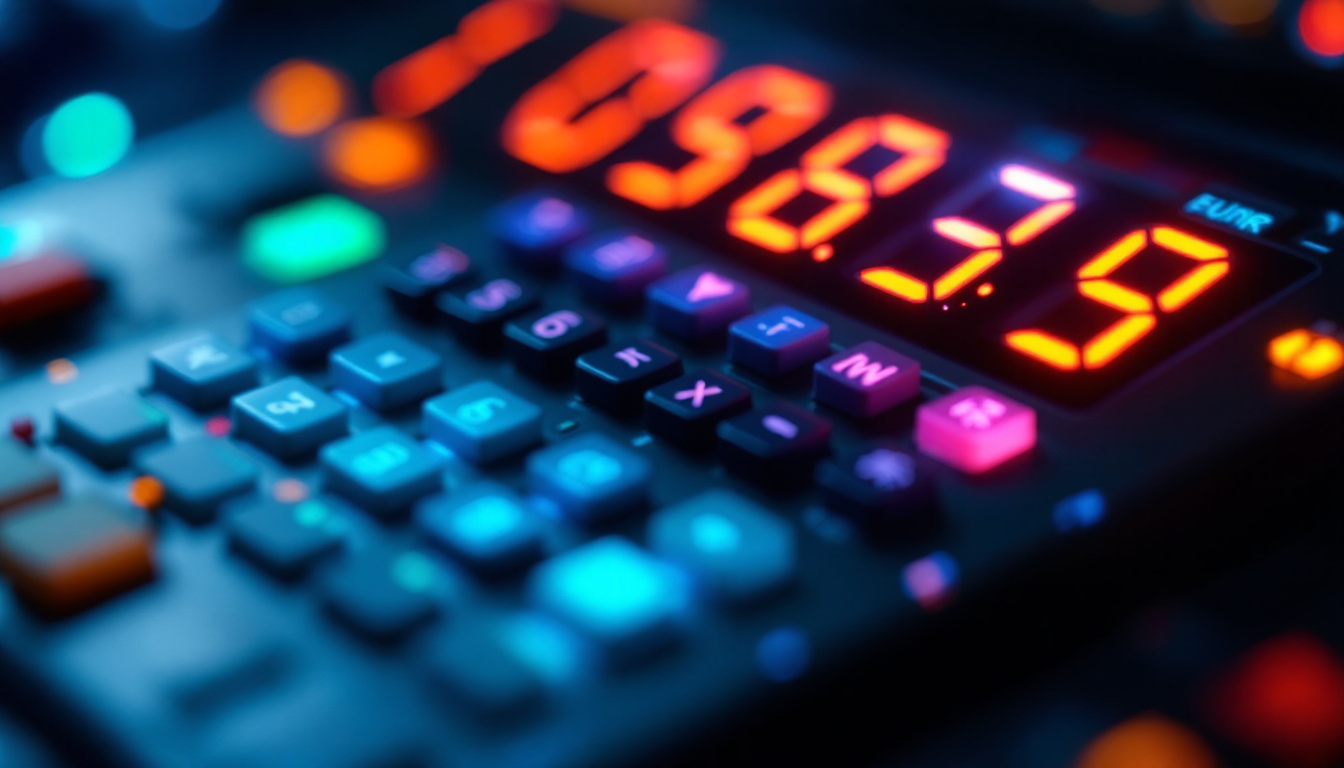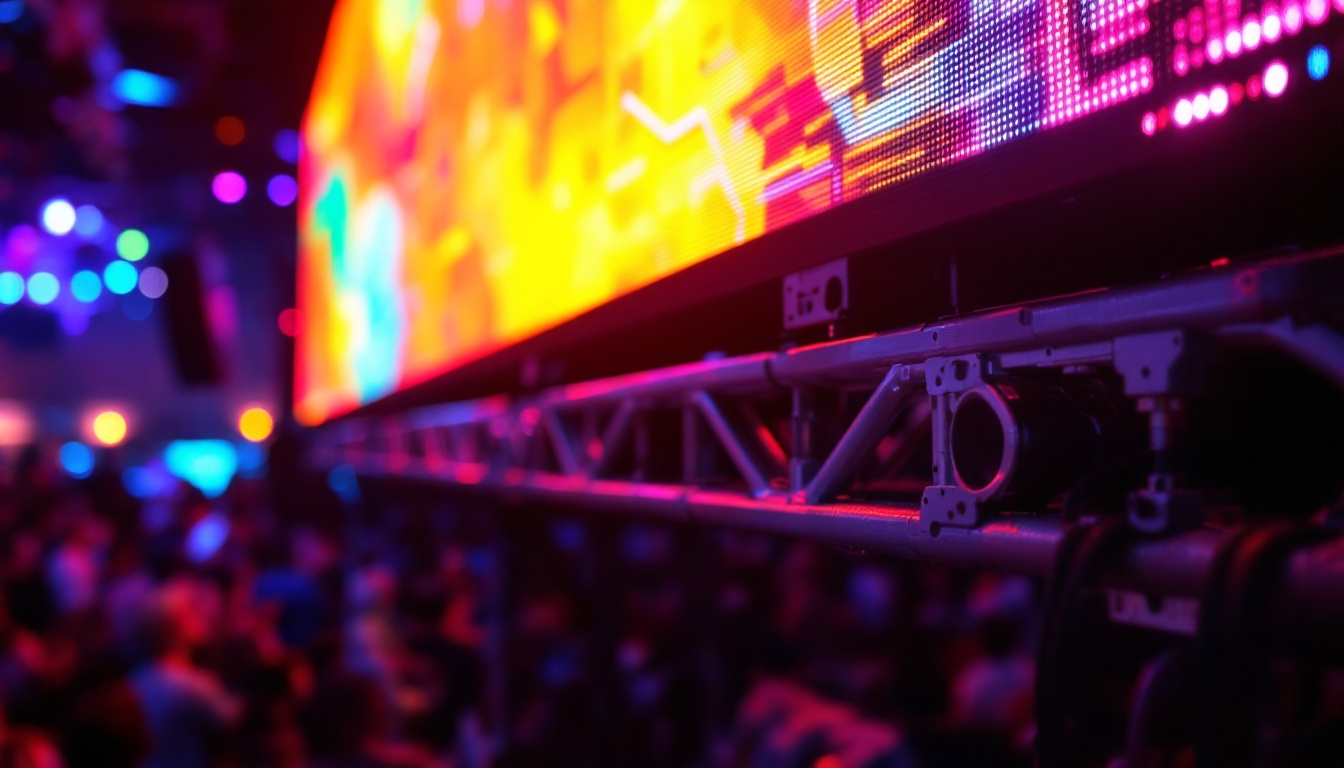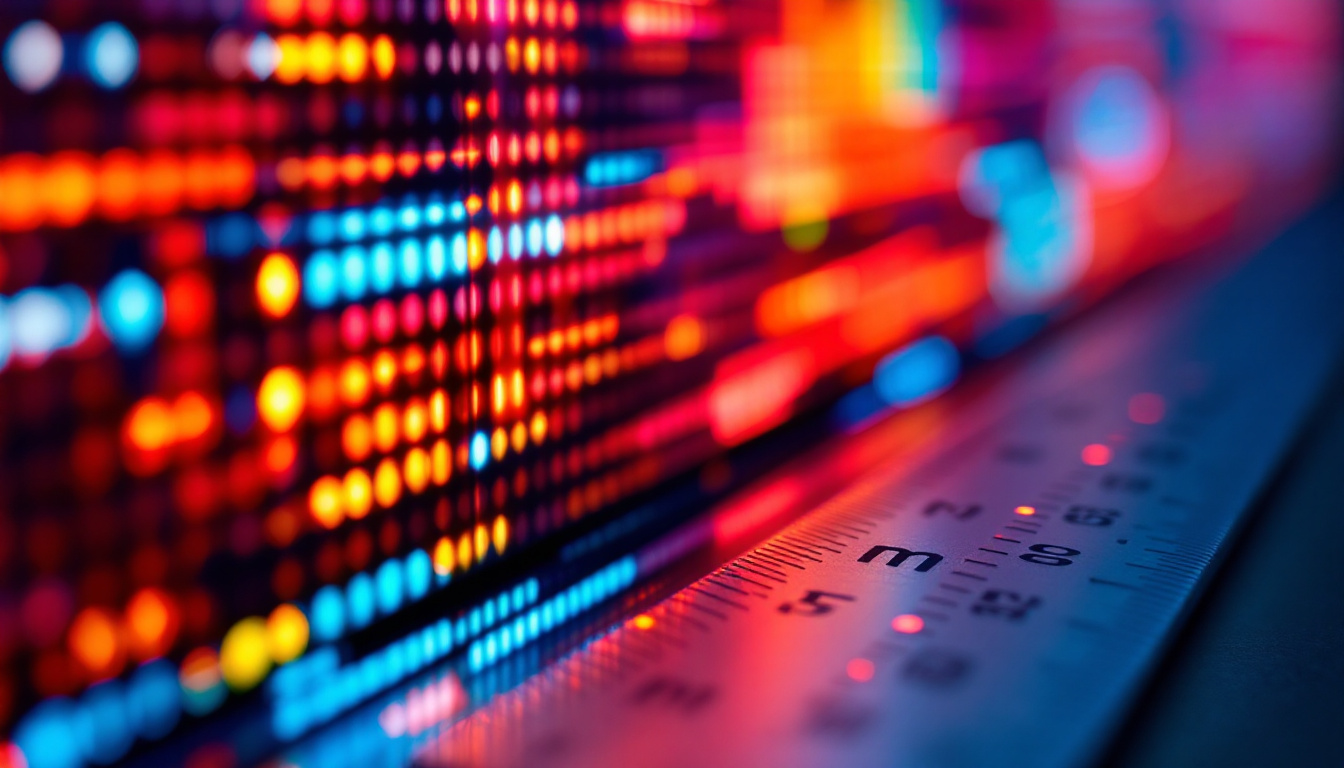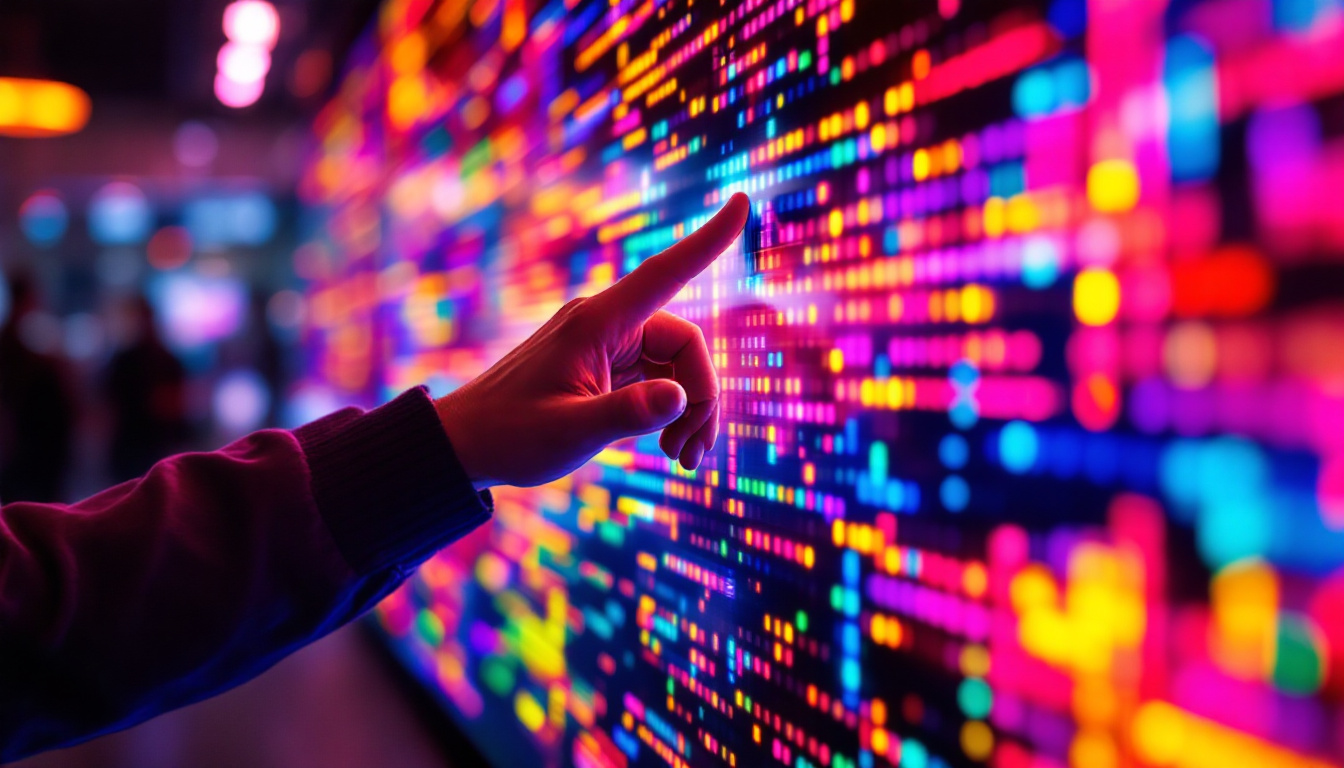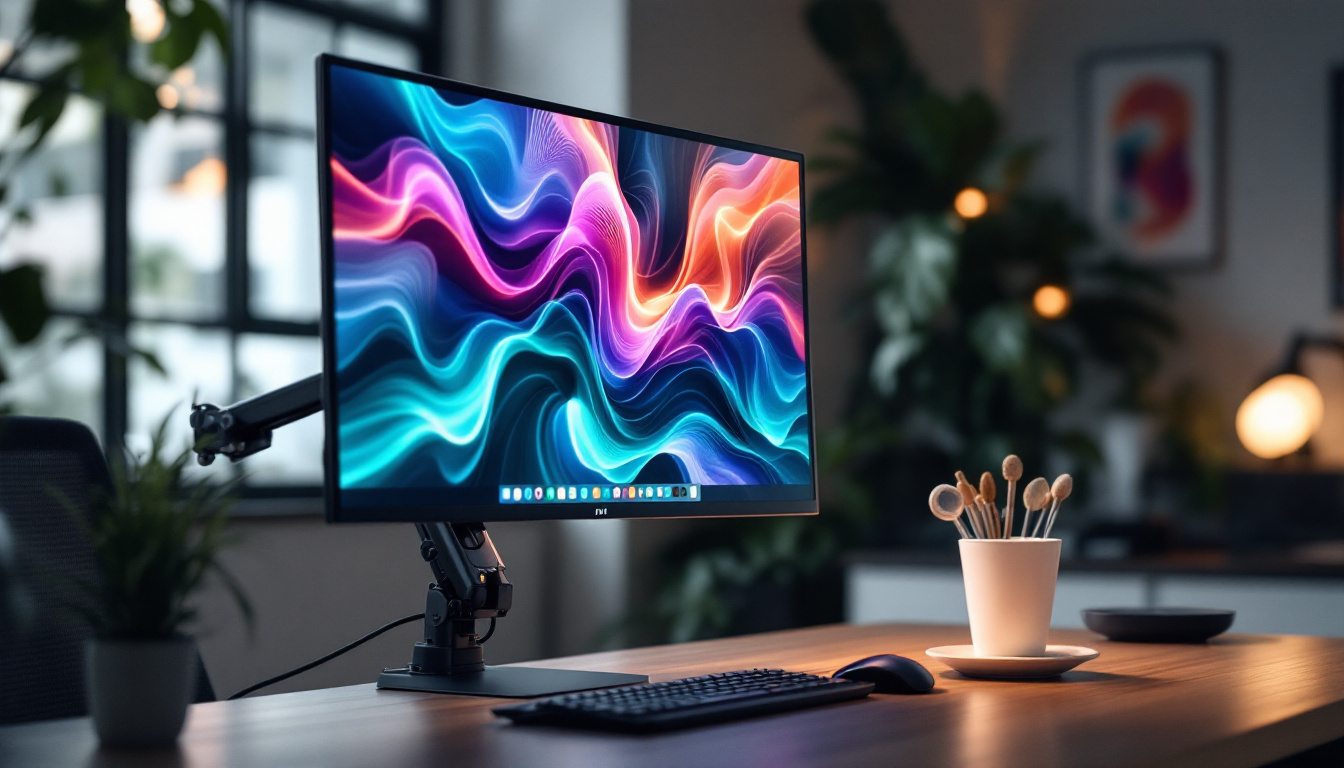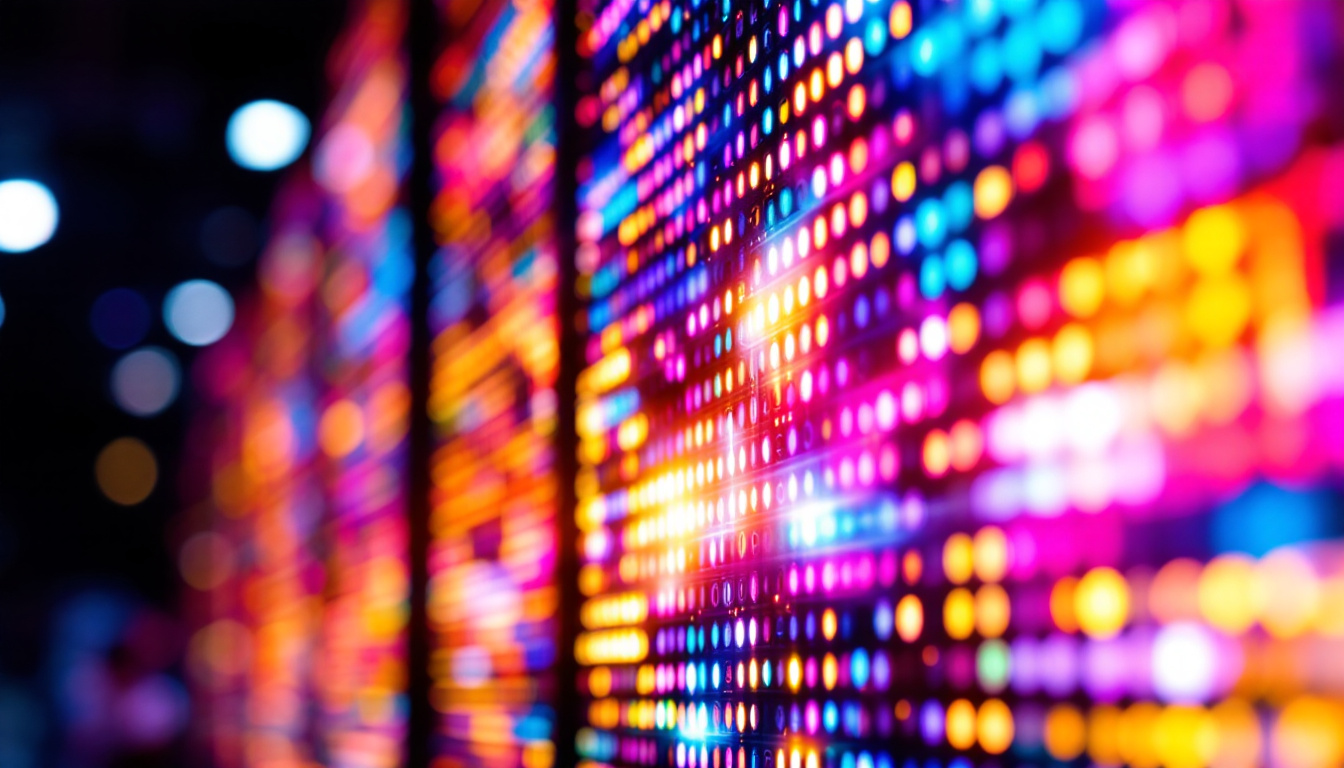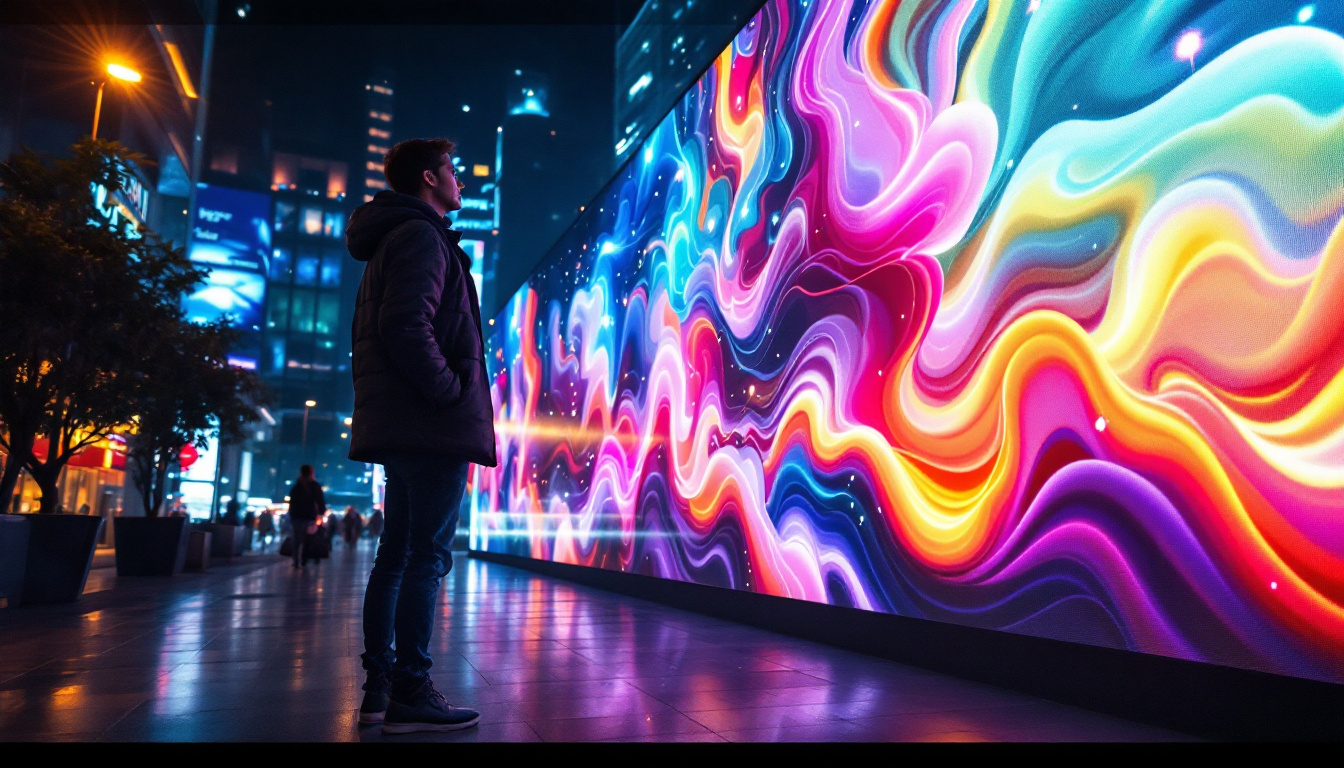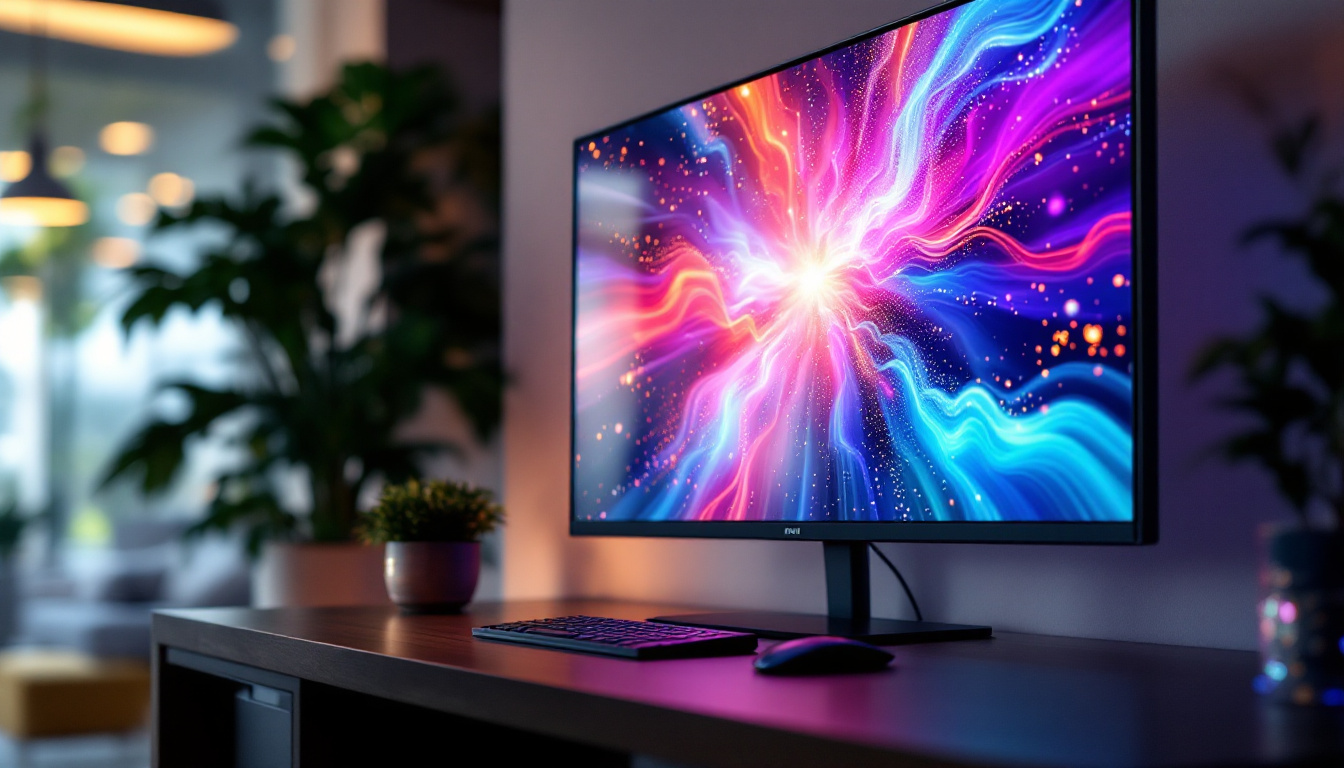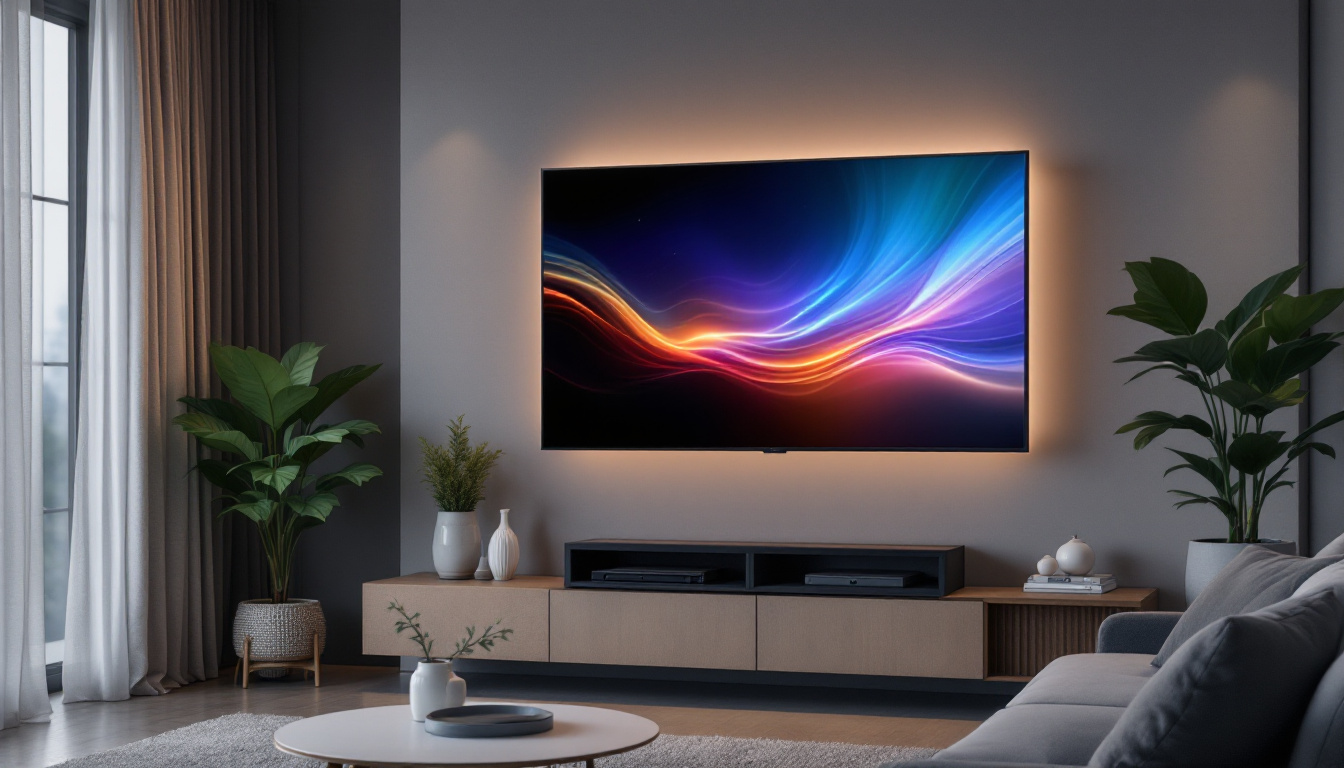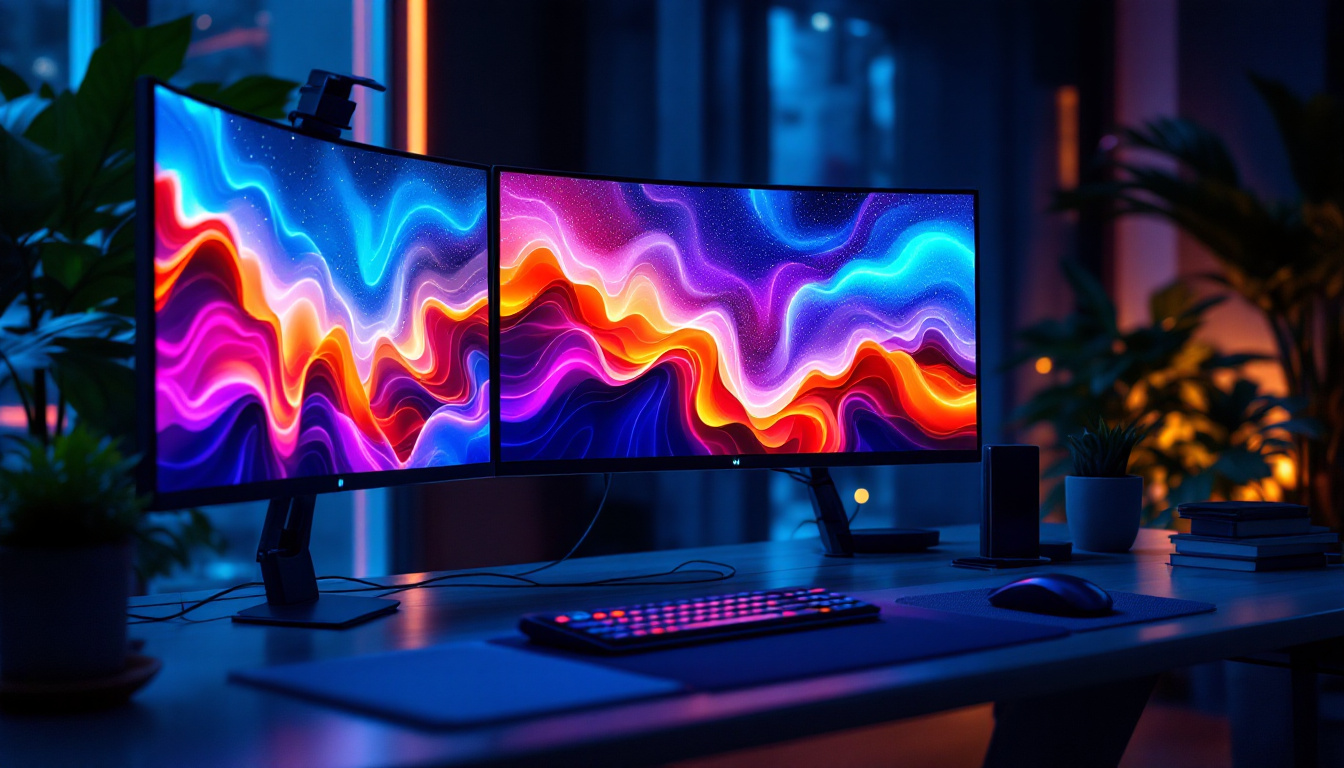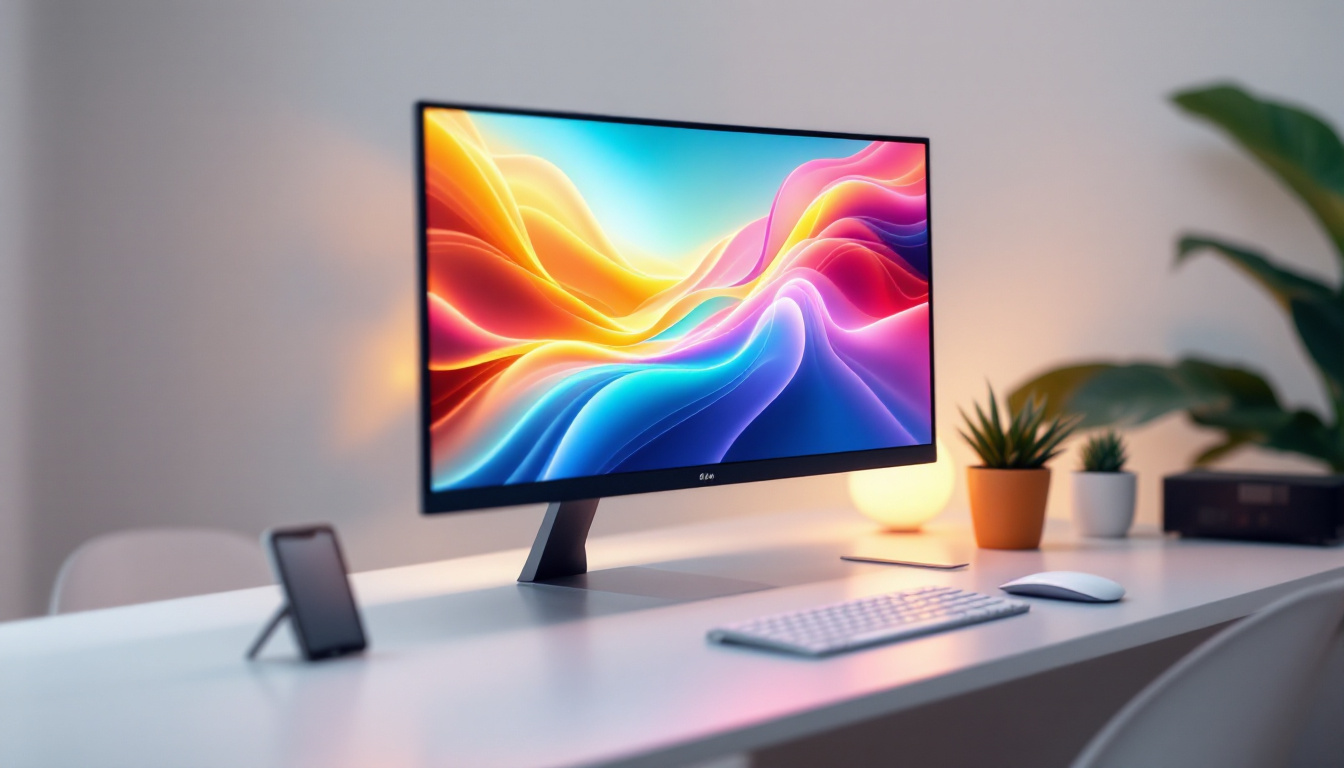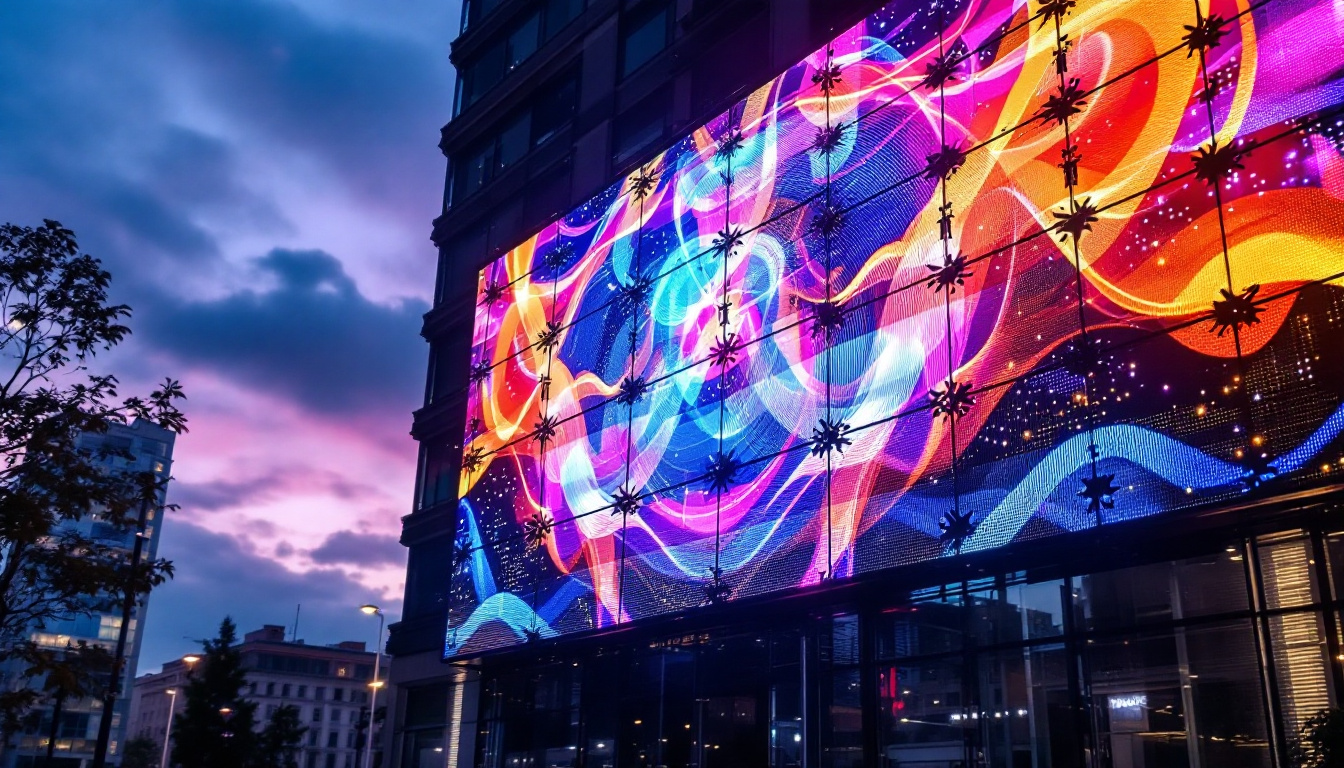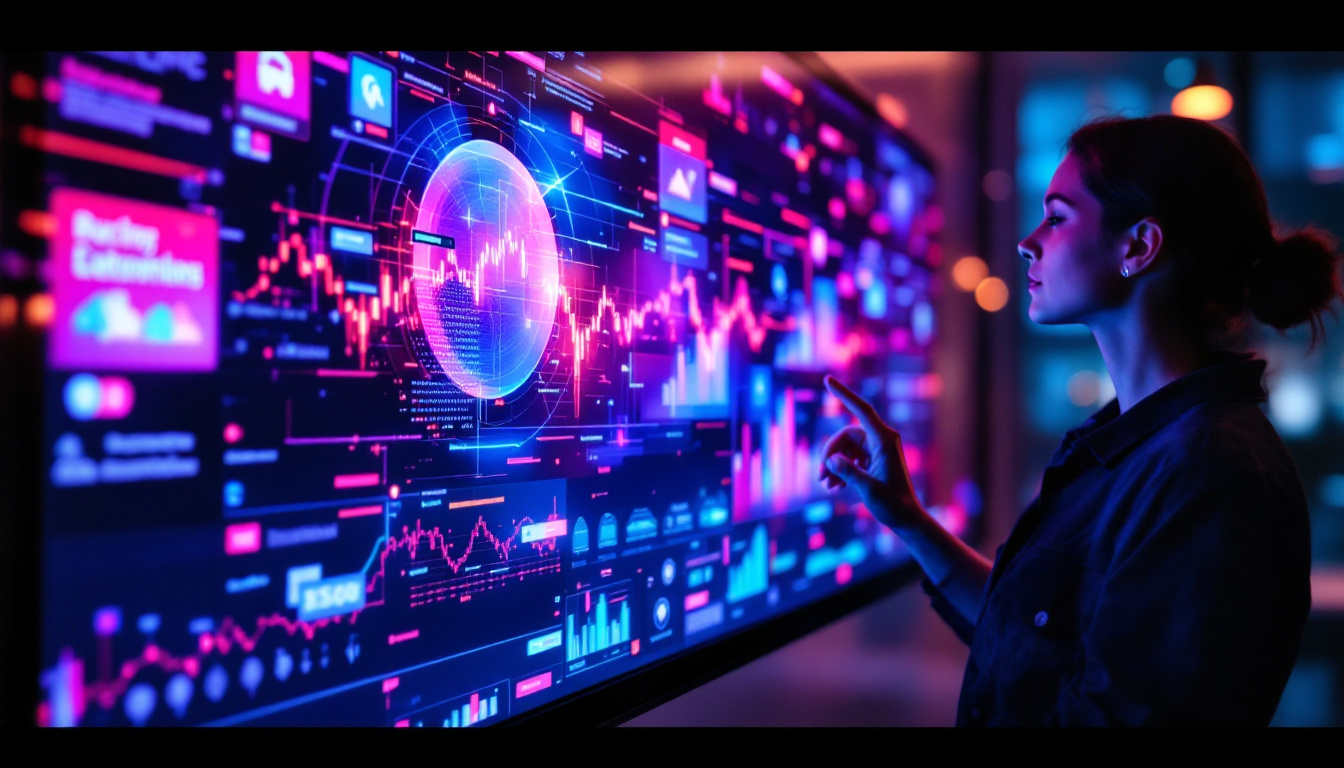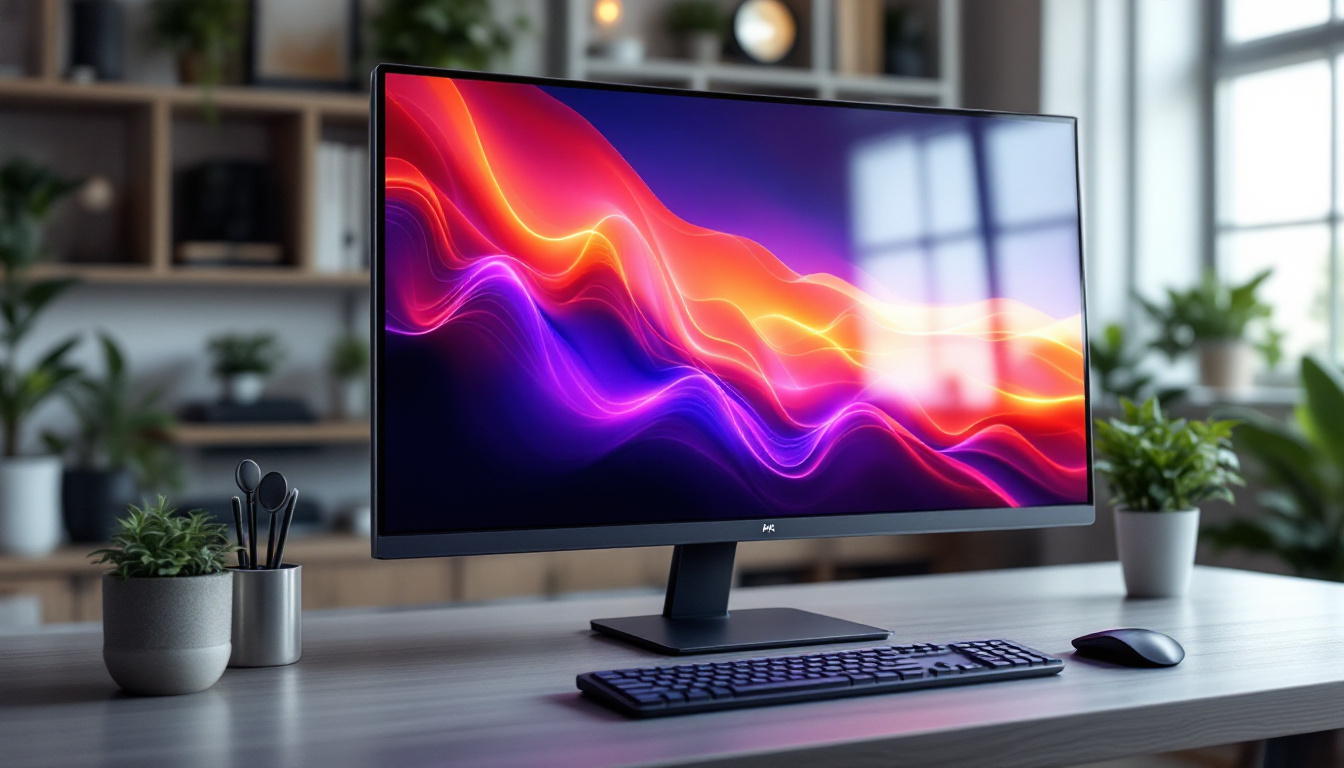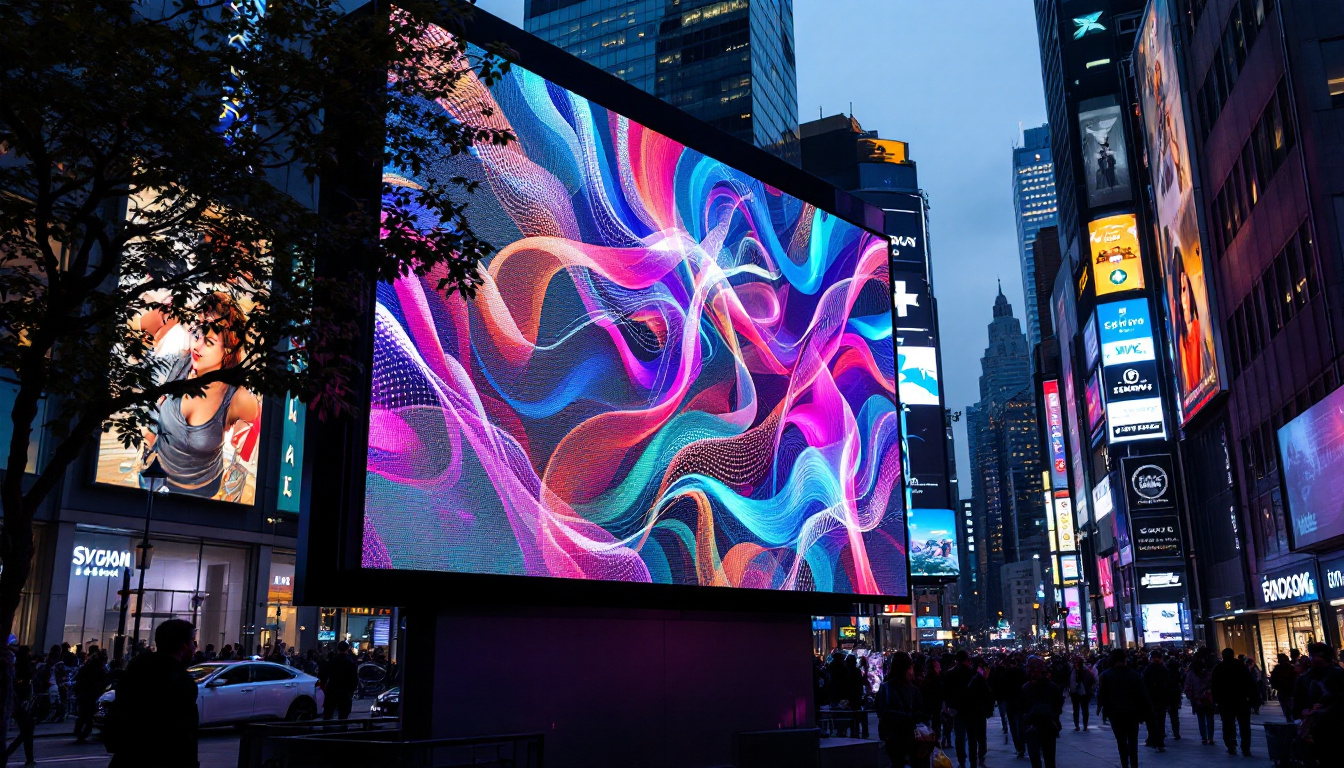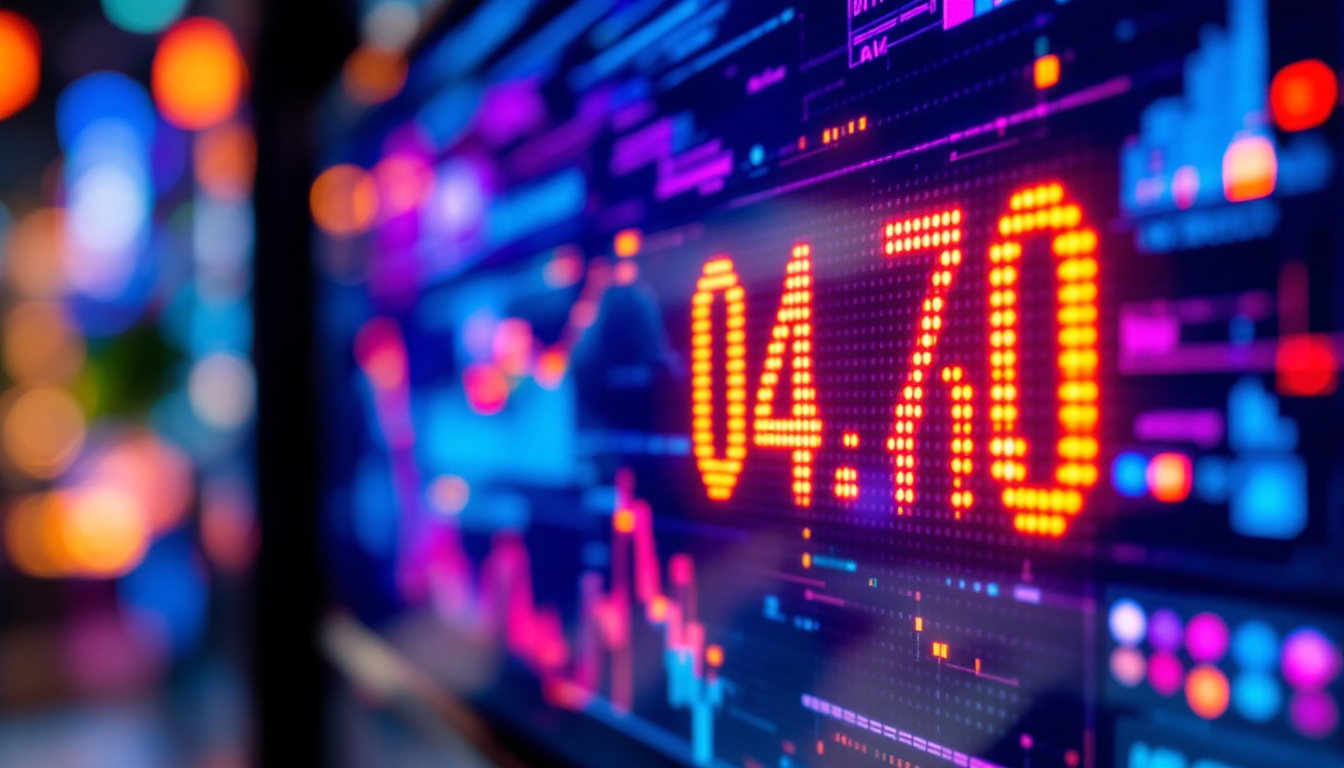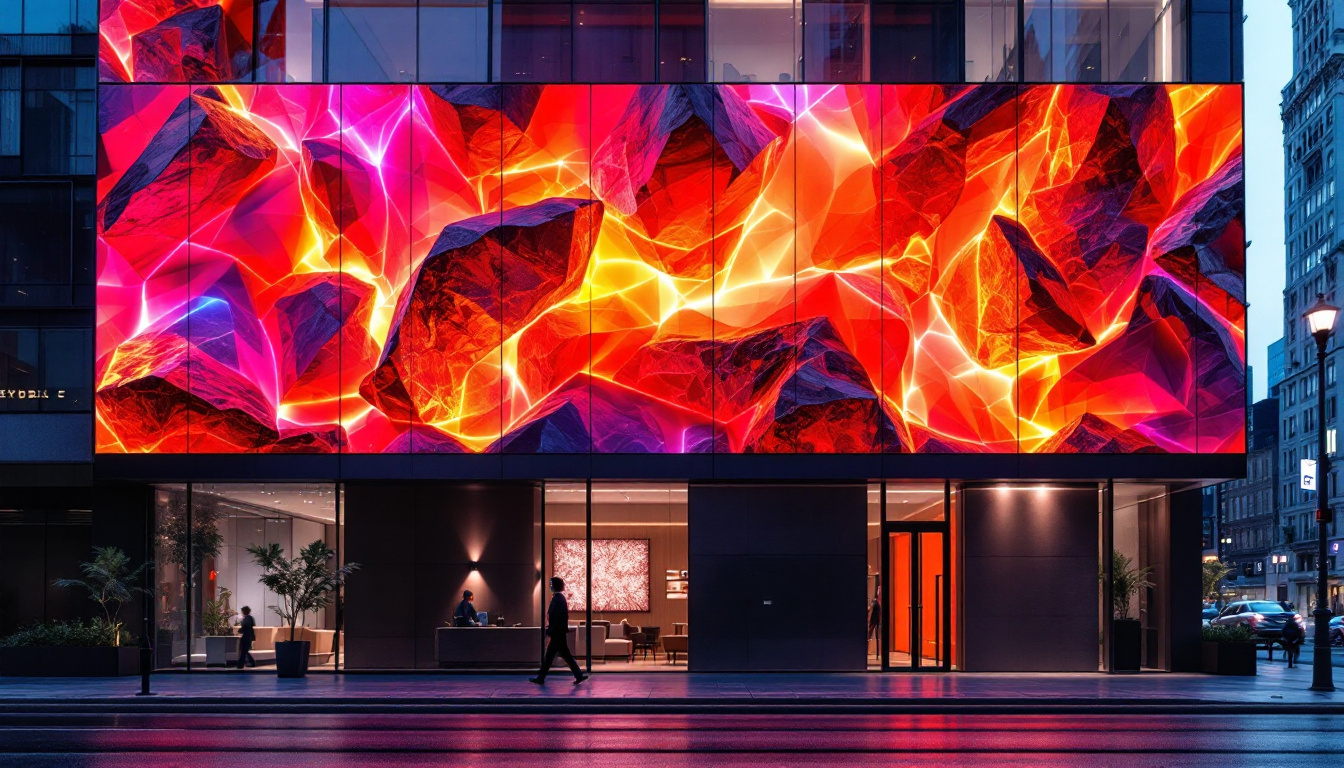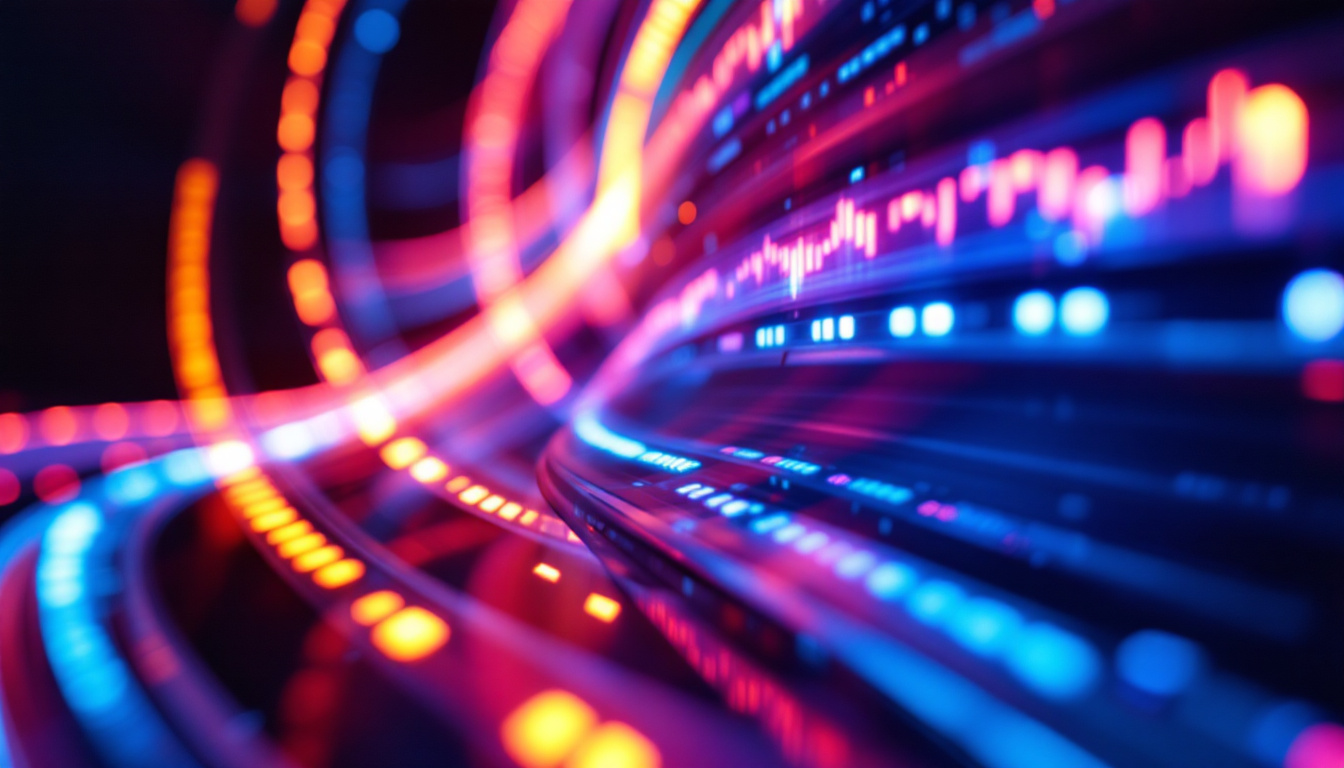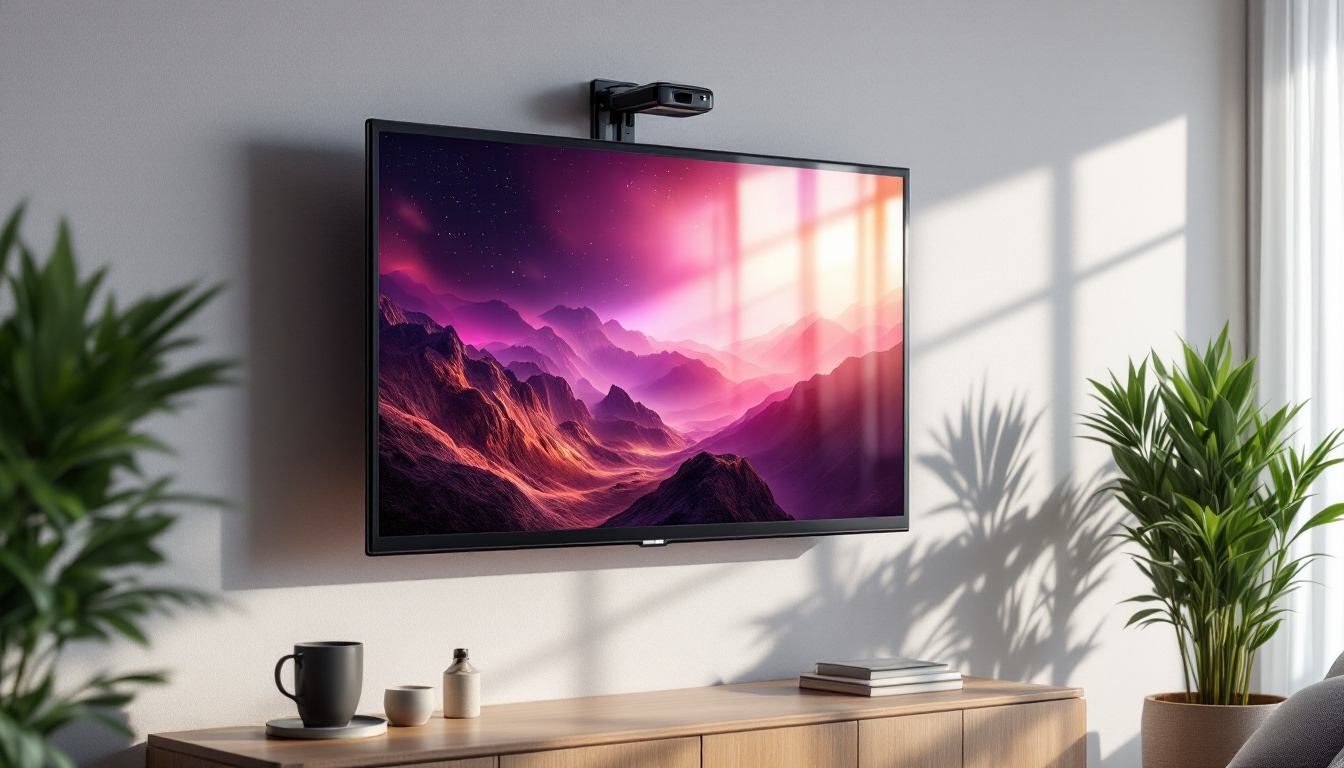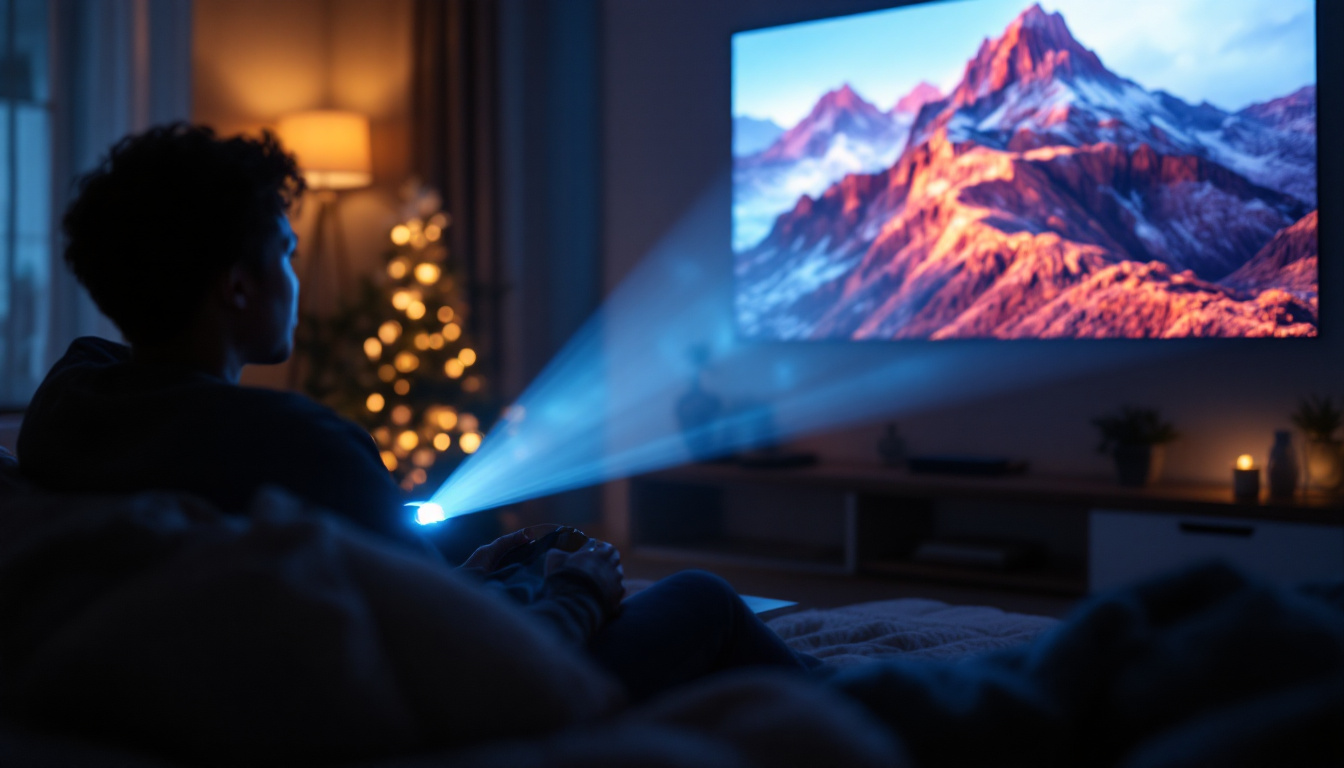In the ever-evolving world of display technology, LED (Light Emitting Diode) displays have emerged as a dominant force, captivating audiences with their vibrant colors and energy efficiency. This article delves into the intricacies of LED displays, exploring their components, advantages, and various applications, while also highlighting the significance of T V F (Total Value of Functionality) in understanding their performance and utility.
Understanding LED Technology
LED technology has transformed the way visual content is presented. Unlike traditional display technologies such as LCD or CRT, LED displays utilize semiconductor devices that emit light when an electric current passes through them. This fundamental difference not only enhances brightness but also contributes to the longevity and efficiency of the display. The ability of LEDs to produce vibrant colors and deep blacks has made them the preferred choice for everything from large-scale billboards to home televisions, revolutionizing the viewing experience.
Components of LED Displays
At the core of any LED display are several key components that work in harmony to deliver stunning visuals. The primary elements include:
- LEDs: The individual light-emitting diodes that create the images on the screen.
- Driver ICs: Integrated circuits that control the brightness and color of the LEDs.
- Control Systems: Software and hardware that manage the input signals and ensure accurate image rendering.
Each of these components plays a vital role in determining the overall performance of the display. The quality of the LEDs, for instance, directly influences brightness and color accuracy, while the efficiency of the driver ICs can affect power consumption and heat generation. Additionally, advancements in control systems have led to improved synchronization and refresh rates, which are essential for applications requiring high-speed visuals, such as gaming and live sports broadcasts. This synergy among components not only enhances the user experience but also paves the way for innovative applications in various fields.
Types of LED Displays
LED displays come in various forms, each suited for different applications. The most common types include:
- Direct View LED: These displays consist of individual LEDs arranged in a grid, allowing for high brightness and excellent color reproduction.
- LED-backlit LCD: This technology uses LEDs to illuminate an LCD panel, providing improved contrast and energy efficiency compared to traditional fluorescent backlighting.
- Organic LED (OLED): A more advanced form of LED technology that utilizes organic compounds to emit light, offering superior color accuracy and deeper blacks.
Understanding the differences between these types is crucial for selecting the right display for specific needs, whether for commercial use, home entertainment, or professional applications. For instance, Direct View LED displays are often favored for outdoor advertising due to their high brightness and visibility in sunlight, while OLED displays are increasingly popular in the consumer market for their ability to produce stunning images with minimal power consumption. Furthermore, as technology continues to evolve, new types of LED displays, such as MicroLED and MiniLED, are emerging, promising even greater advancements in picture quality and energy efficiency, which could redefine the standards for visual media in the near future.
The Advantages of LED Displays
LED displays have gained popularity for numerous reasons, making them a preferred choice across various industries. Their advantages extend beyond mere aesthetics, encompassing performance, efficiency, and versatility.
Energy Efficiency
One of the standout features of LED displays is their energy efficiency. Compared to traditional display technologies, LED displays consume significantly less power, leading to lower electricity bills and a reduced carbon footprint. This efficiency is particularly beneficial for large-scale installations, such as billboards and digital signage, where energy costs can accumulate rapidly.
Moreover, the longevity of LED displays means that they require less frequent replacements, further contributing to their sustainability. With an average lifespan of over 50,000 hours, LED displays can operate for years without needing significant maintenance.
Superior Image Quality
LED displays are renowned for their superior image quality, characterized by vibrant colors, high contrast ratios, and sharp details. The ability to produce a wide color gamut allows for more accurate and lifelike images, making them ideal for applications requiring precise color representation, such as graphic design and video production.
Additionally, LED displays offer excellent viewing angles, ensuring that images remain clear and consistent from various perspectives. This feature is particularly advantageous in settings like auditoriums and conference rooms, where audiences may be seated at different angles relative to the screen.
Applications of LED Displays
The versatility of LED displays has led to their widespread adoption across various sectors. From entertainment to advertising, their applications are vast and diverse.
Commercial Use
In the commercial realm, LED displays have become a staple for advertising and branding. Digital billboards, storefront displays, and event signage utilize LED technology to capture attention and convey messages effectively. The ability to change content dynamically allows businesses to engage customers with real-time promotions and information.
Moreover, LED displays are increasingly used in retail environments to create immersive shopping experiences. Interactive displays can showcase products, provide information, and even facilitate transactions, enhancing customer engagement and satisfaction.
Entertainment and Events
The entertainment industry has embraced LED displays for concerts, festivals, and theatrical productions. Large-scale LED screens provide stunning visuals that enhance performances, captivating audiences with vibrant imagery and dynamic content. Their ability to be configured in various shapes and sizes allows for creative stage designs that were previously unimaginable.
Additionally, LED technology is utilized in sports arenas, where large video boards display live action, replays, and advertisements. This not only enhances the spectator experience but also provides valuable information to fans during events.
The Role of T V F in LED Displays
Understanding the Total Value of Functionality (T V F) is crucial for evaluating the effectiveness of LED displays. T V F encompasses various factors, including performance, reliability, and user satisfaction, providing a comprehensive view of a display’s value.
Performance Metrics
Performance metrics such as brightness, contrast ratio, and color accuracy are essential components of T V F. High-performing LED displays should offer bright images even in well-lit environments, ensuring visibility and engagement. Contrast ratios influence the depth of colors, while color accuracy ensures that the displayed content is true to life.
Evaluating these metrics allows consumers and businesses to make informed decisions when selecting LED displays, ensuring they choose products that meet their specific needs and expectations.
Reliability and Longevity
Reliability is another critical aspect of T V F. LED displays are generally known for their durability, but factors such as build quality, environmental resistance, and warranty offerings can significantly impact their long-term performance. A reliable display minimizes downtime and maintenance costs, making it a more valuable investment.
Furthermore, understanding the expected lifespan of an LED display can help businesses plan for future upgrades and replacements, ensuring that they maintain optimal performance over time.
Challenges and Considerations
While LED displays offer numerous advantages, they are not without challenges. Understanding these challenges is essential for making informed decisions regarding their use and implementation.
Initial Costs
The initial investment for LED displays can be higher than that of traditional display technologies. This upfront cost may deter some businesses from adopting LED technology, especially for smaller operations with limited budgets. However, it is essential to consider the long-term savings associated with energy efficiency and reduced maintenance costs when evaluating the overall value.
Furthermore, as technology advances and production processes improve, the cost of LED displays continues to decline, making them more accessible to a broader range of consumers and businesses.
Heat Management
LED displays generate heat during operation, which can impact performance and longevity if not managed properly. Effective heat dissipation systems are crucial to maintaining optimal operating temperatures, particularly in large installations or environments with limited airflow.
Investing in quality cooling solutions can mitigate these concerns, ensuring that the display operates efficiently and remains reliable over time.
Future Trends in LED Display Technology
The future of LED display technology is bright, with ongoing innovations and trends shaping the industry. As technology continues to evolve, several key trends are expected to influence the development and adoption of LED displays.
Advancements in MicroLED Technology
MicroLED technology represents one of the most exciting advancements in the LED display landscape. This technology utilizes microscopic LEDs to create displays with exceptional resolution and color accuracy. MicroLED displays offer the potential for thinner, lighter screens with improved energy efficiency and longer lifespans.
As MicroLED technology matures, it is anticipated that it will replace traditional LED displays in various applications, particularly in high-end consumer electronics and commercial displays.
Integration with Smart Technology
The integration of LED displays with smart technology is another trend gaining momentum. Smart LED displays equipped with Internet of Things (IoT) capabilities can collect data, analyze viewer engagement, and adapt content in real time. This level of interactivity enhances the user experience and allows businesses to tailor their messaging more effectively.
Moreover, the rise of augmented reality (AR) and virtual reality (VR) applications is likely to drive further innovation in LED display technology, creating immersive experiences that blur the lines between the digital and physical worlds.
Conclusion
LED displays have revolutionized the way visual content is presented, offering numerous advantages in terms of energy efficiency, image quality, and versatility. Understanding the components, applications, and the significance of T V F is essential for making informed decisions when selecting LED displays.
As technology continues to advance, the future of LED displays looks promising, with innovations such as MicroLED technology and smart integrations set to shape the industry. By staying informed about these developments, businesses and consumers can leverage the full potential of LED displays to enhance their visual communication strategies.
In conclusion, the journey of LED display technology is just beginning, and its impact on various sectors will continue to grow, paving the way for a more vibrant and engaging visual landscape.
Discover LumenMatrix’s Innovative LED Display Solutions
Ready to experience the future of visual communication with LED displays that offer unmatched energy efficiency, superior image quality, and unparalleled versatility? Explore LumenMatrix’s comprehensive range of LED display modules, from vibrant Indoor and Outdoor LED Wall Displays to dynamic Vehicle and Sports LED Displays, and beyond. Whether you’re looking to create immersive shopping experiences with LED Poster Displays or make a statement with Custom LED solutions, LumenMatrix is your partner in revolutionizing your visual presence. Check out LumenMatrix LED Display Solutions today and see how we can help you captivate your audience and elevate your brand.

